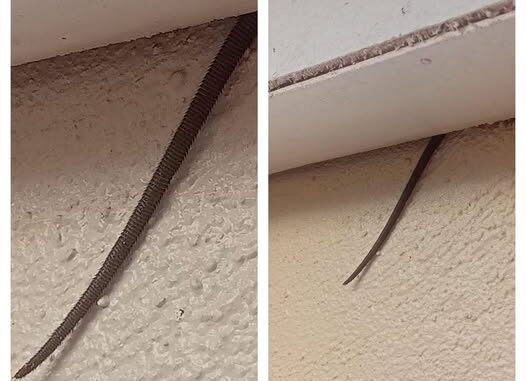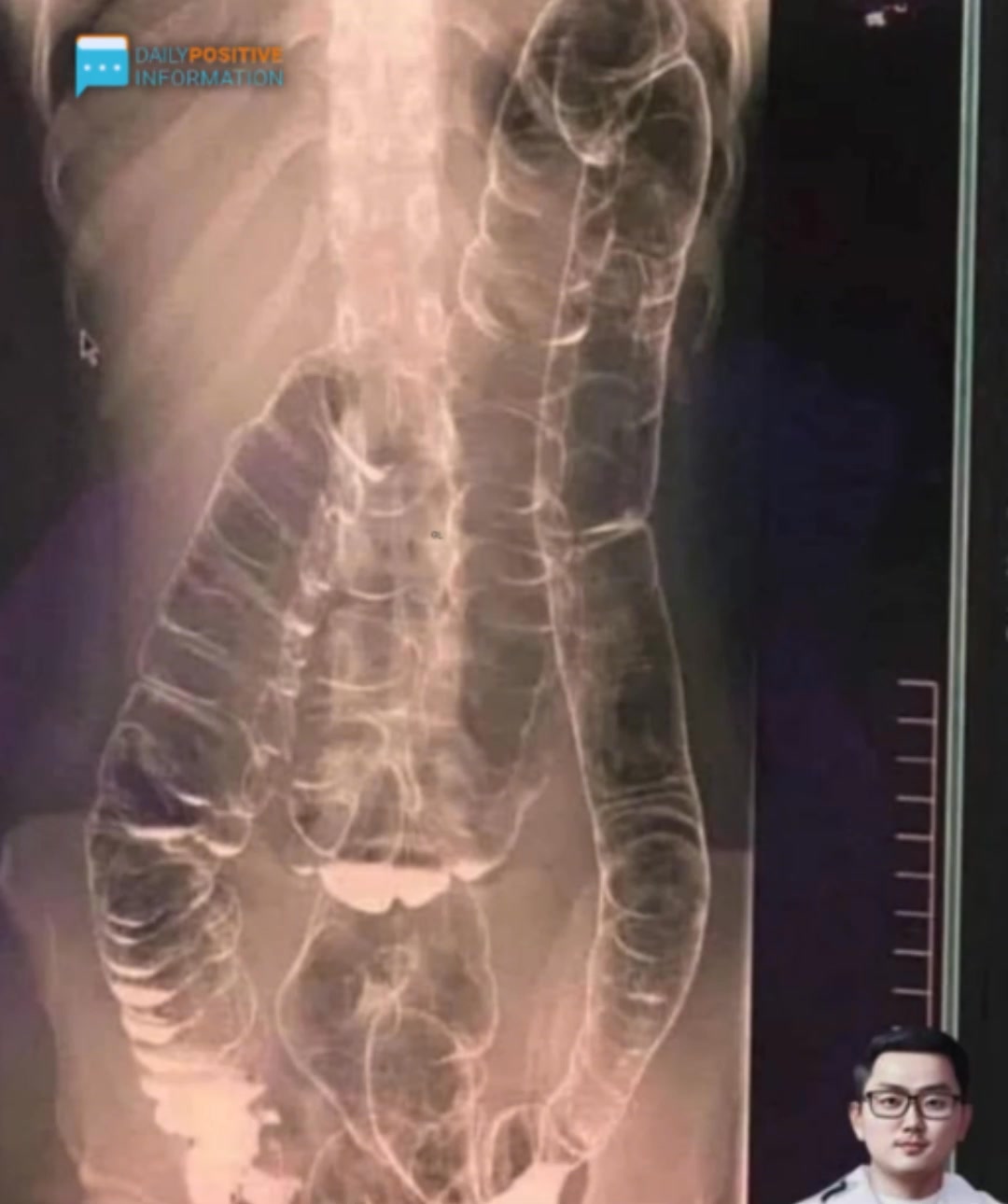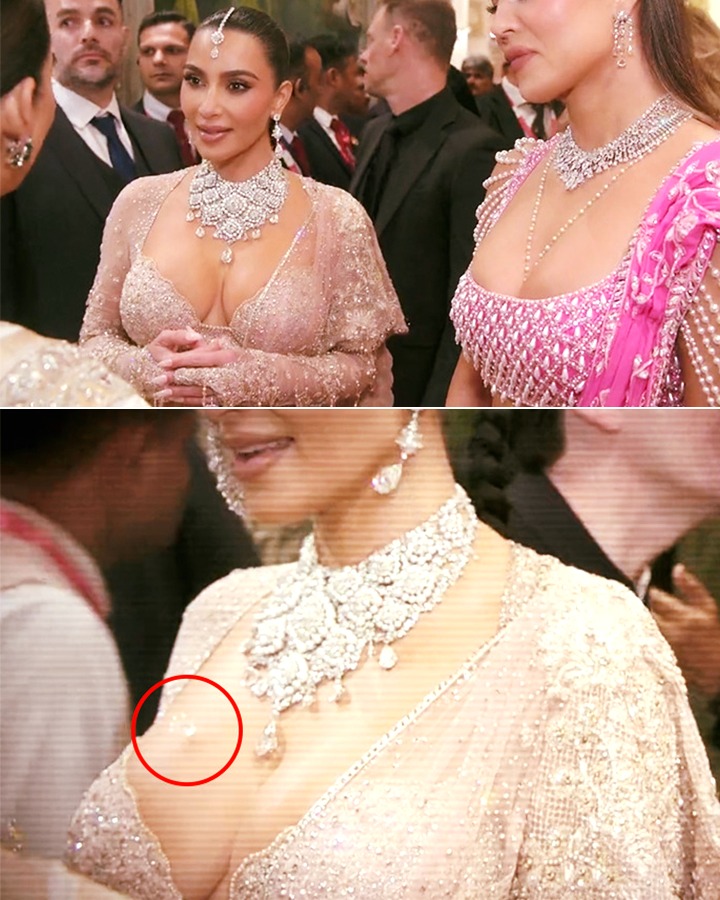
🦎Pseudopus apodus (European Legless Lizard / Sheltopusik)
Scientific Name: Pseudopus apodus
Common Names: Sheltopusik, European Legless Lizard, Glass Lizard
📚 General Information:
Pseudopus apodus is the largest species of legless lizard in the family Anguidae. Despite its snake-like appearance, it is not a snake, but a true lizard with several anatomical features that distinguish it from snakes.
🔍 Physical Characteristics:
- Limbs: Lacks functional limbs, though some very small vestigial limbs may remain near the rear of the body.
- Length: Can grow up to 135 cm (53 inches).
- Body Shape: Long and cylindrical, very similar to a snake, but with visible ear openings and eyelids (snakes lack these).
- Color: Generally brown, grayish, or tan with a shiny appearance.
- Tail: Long and fragile—can break off when threatened (autotomy).
🌎Habitat and Distribution:
- Shelter: Often hides under rocks, logs, or in burrows during the day.
- Native To: Southeastern Europe, the Balkans, parts of Central Asia, and the Middle East.
- Habitat: Prefers dry, open habitats like grasslands, scrublands, rocky hillsides, and even agricultural areas.
🐛 Diet:
- Occasionally eggs and small reptiles
- Carnivorous and feeds mainly on:
- Insects
- Spiders
- Snails and slugs
- Small mammals
🔁 Behavior:
- Can shed its tail like other lizards—a defense mechanism.
- Diurnal (active during the day).
- Solitary and mostly non-aggressive.
- When threatened, it may hiss loudly, lash its tail, and attempt to flee.
🐣 Reproduction:
- Lifespan: Can live 20–50 years in captivity, somewhat less in the wild.
- Breeding Season: Spring
- Eggs: Lays 5–10 eggs, which hatch in 6–8 weeks.
And the actual image I took off the ceiling. Have you seen this creature?















